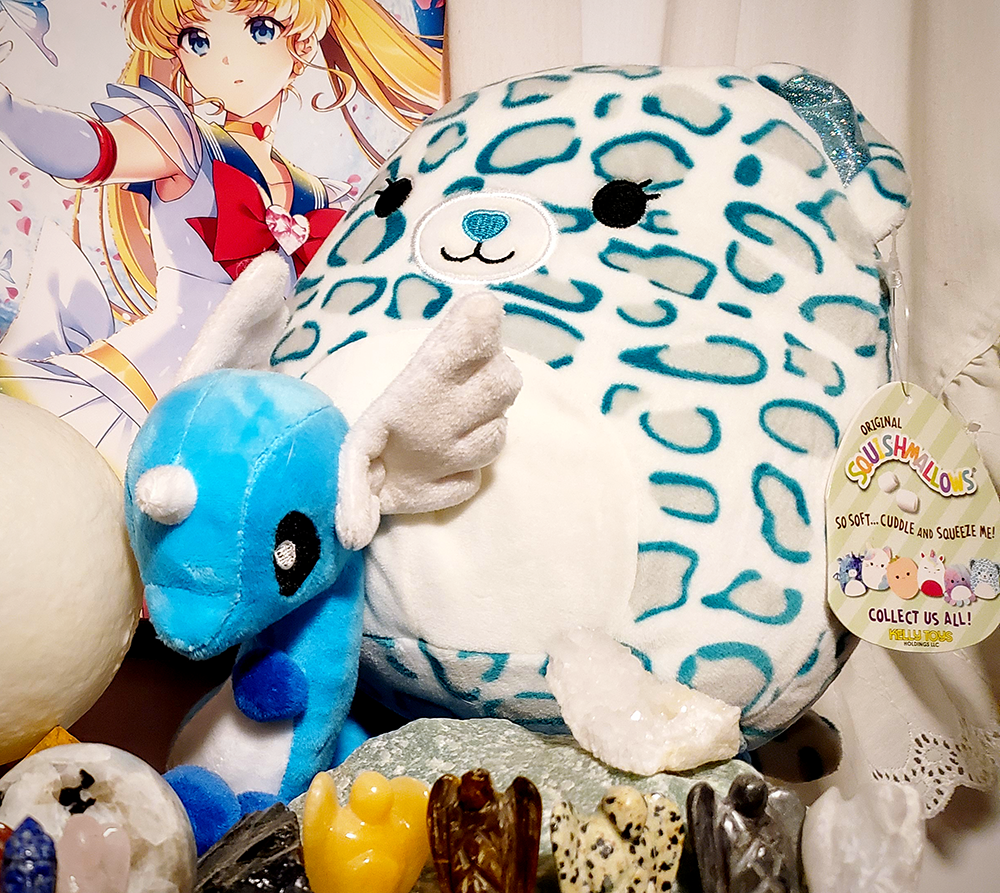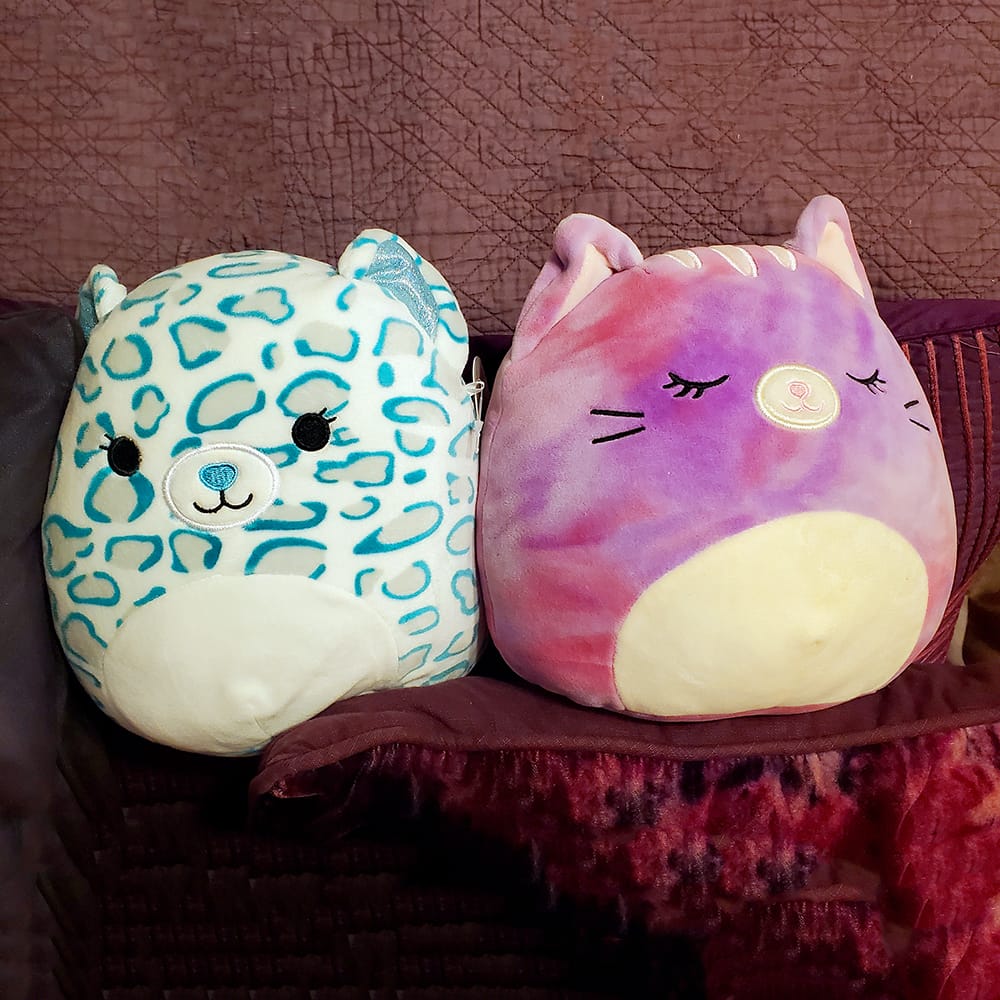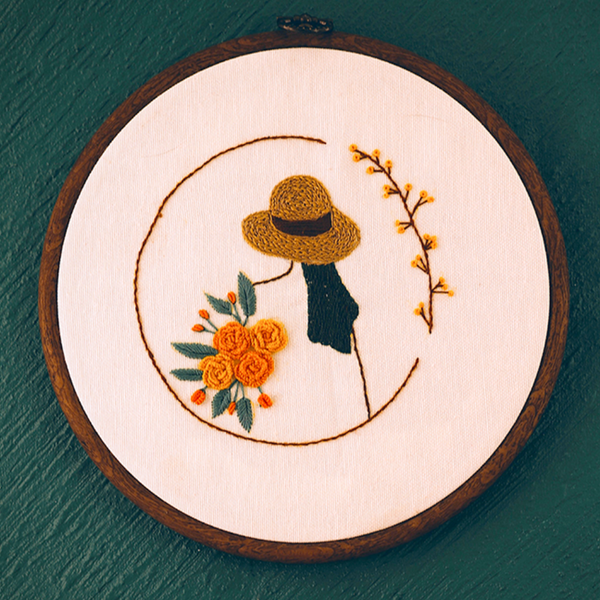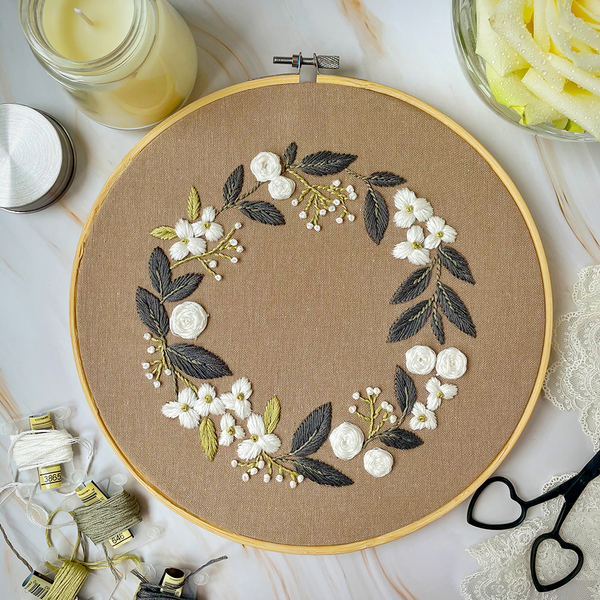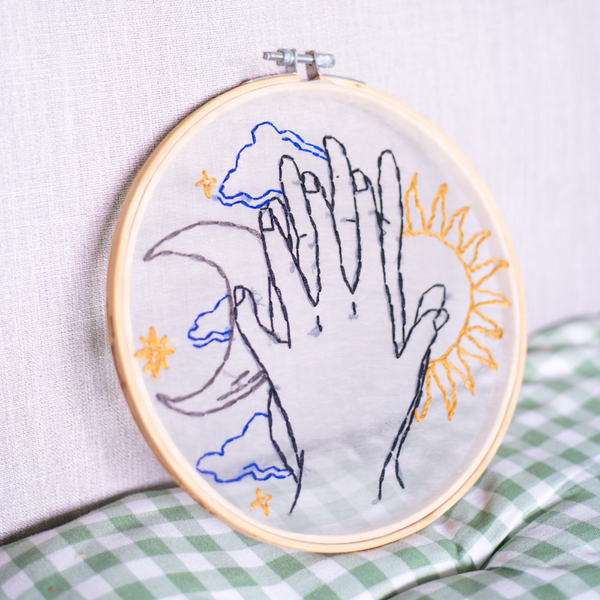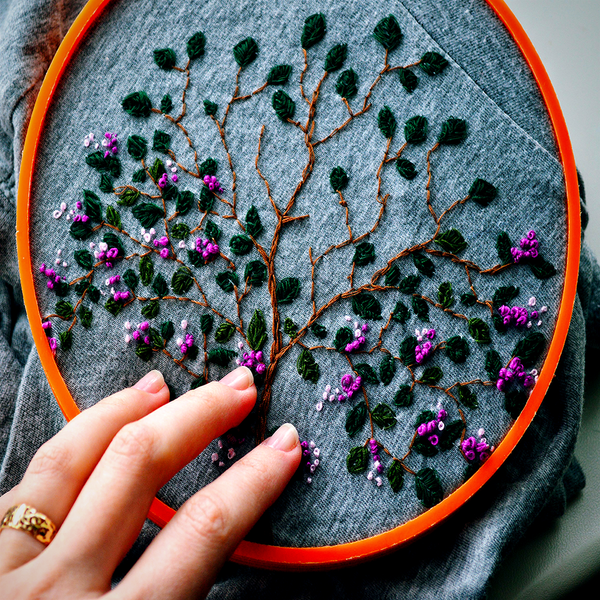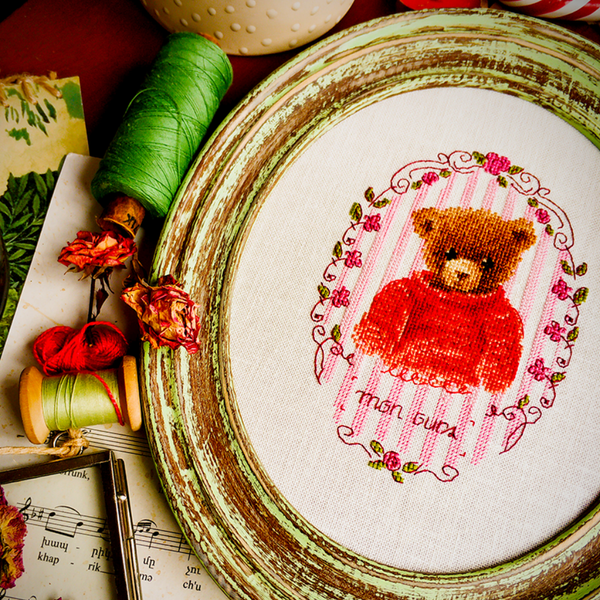Squishmallows aren't just plush toys; they're a global phenomenon that has captured hearts of kids and adults alike with their irresistible softness and charming personalities.
These adorable stuffed animals are known for their ultra-soft texture and cute designs, but have you ever wondered what natural resources are used to make Squishmallows?
Behind every squishy hug and adorable smile lies a story of the natural resources that bring these cuddly characters to life.
In this deep dive, we'll explore the very fabric of the Squishmallow universe, revealing the earthly materials that are transformed into your squeezable friends.
Join us as we uncover the natural wonders that make DIY Squishmallows the ultimate snuggle buddies!
Key Takeaways:
- Squishmallows utilize a combination of natural and synthetic materials, including recycled plastic bottles, to achieve their signature softness.
- The manufacturing process of Squishmallows adheres to safety standards to ensure they are safe and non-toxic for all ages.
- Proper care of Squishmallows, such as cleaning with a damp cloth and mild detergent, can extend their durability and maintain their cuddly nature.
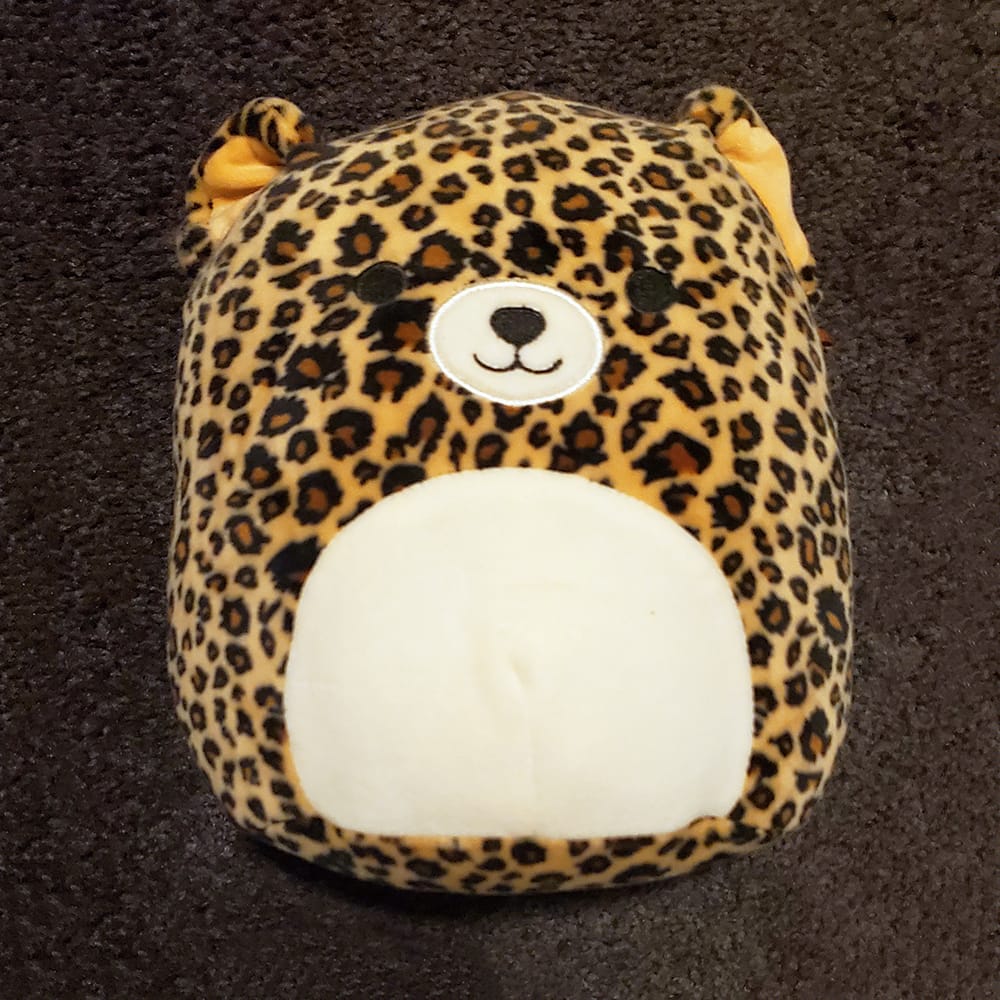
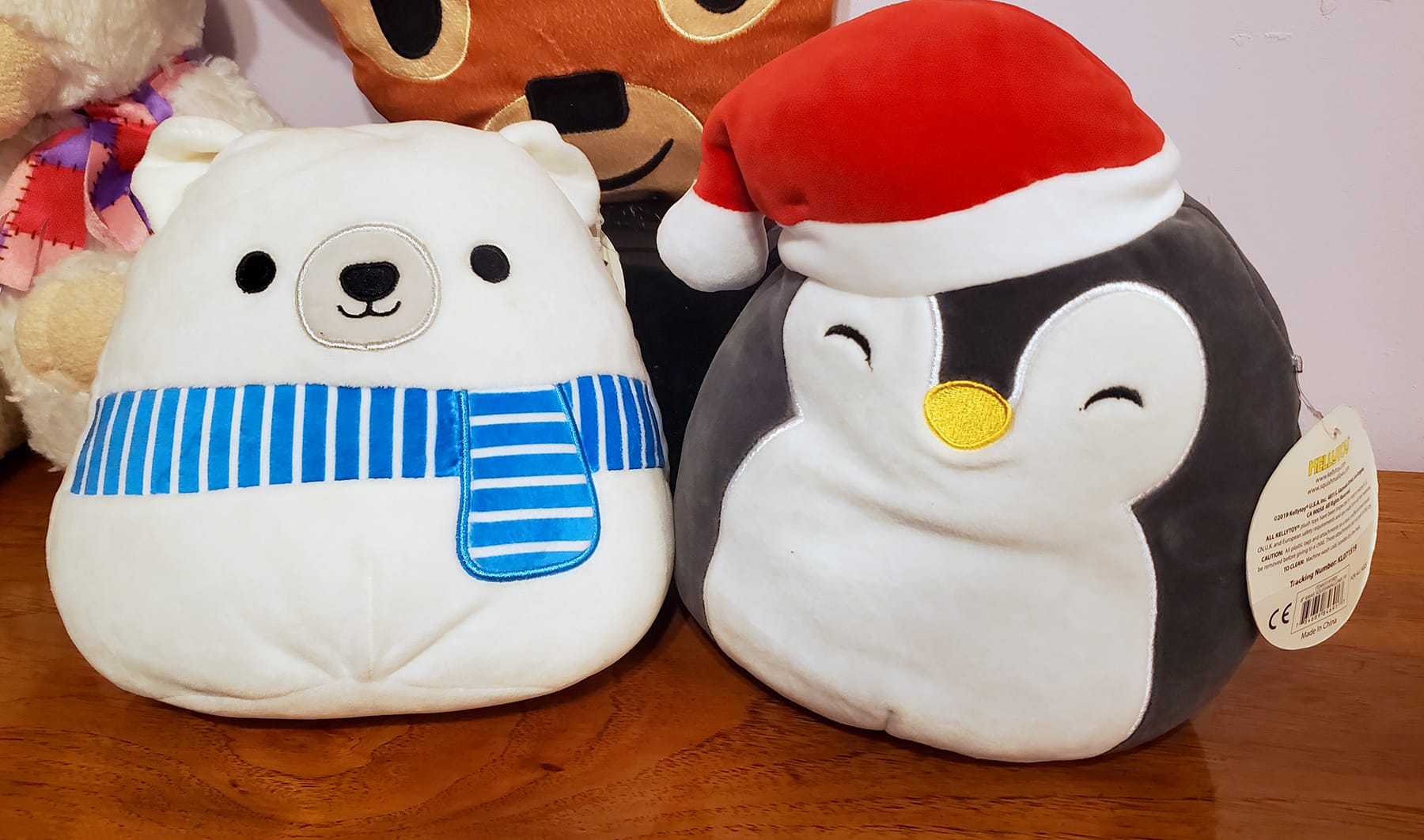
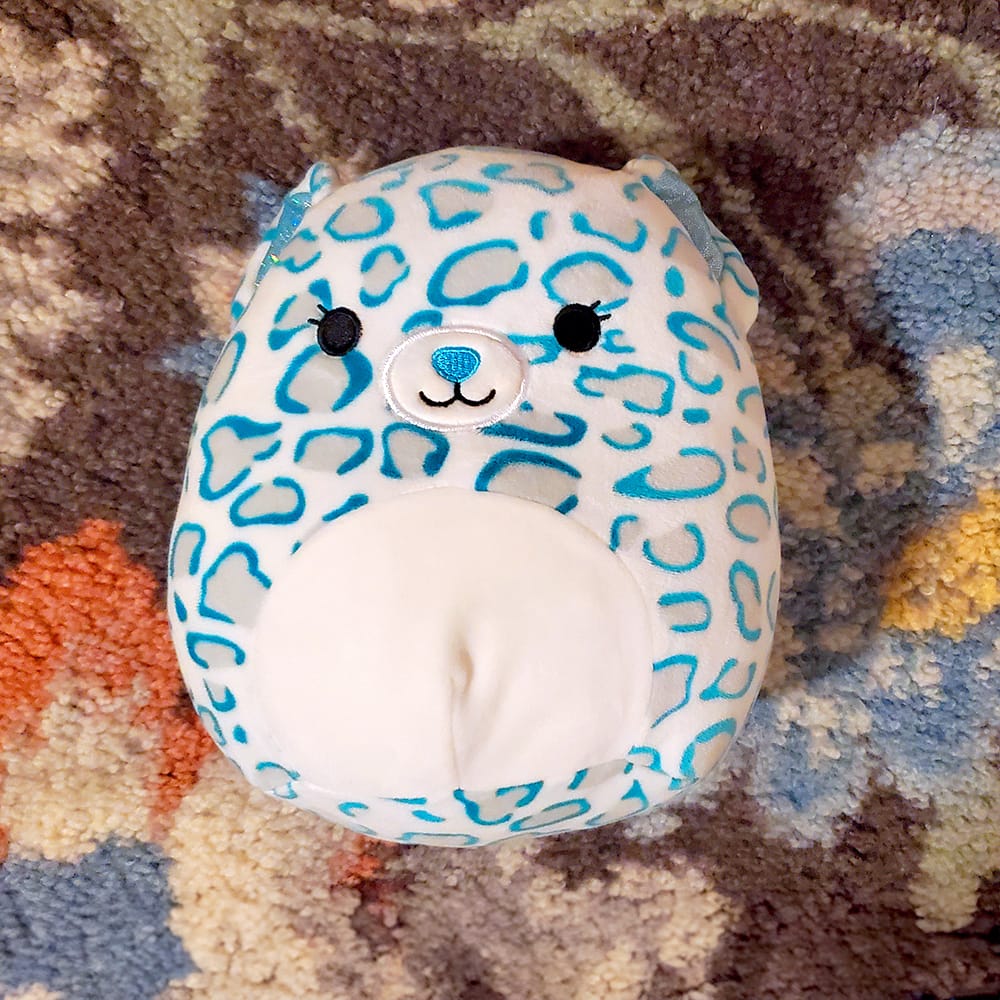
Core Materials of Squishmallows
At the heart of every Squishmallow stuffed toy is a combination of high-quality materials that contribute to their extremely soft and squishy nature.
The primary material used is polyester fibers, which are synthetic but can be derived from recycled plastic bottles.
This not only makes Squishmallows soft and durable but also a great choice for those who value the use of recycled materials in consumer products.
Recycled Plastic Bottles in the Mix
The use of recycled plastic bottles is a significant step towards sustainability in the plush toy industry.
These bottles are collected, cleaned, and processed into plastic pellets, which are then melted and spun into polyester fibers.
This process transforms what would have been waste into the stuffing that gives Squishmallows their signature softness.
Role of Ultra Soft Spandex
The outer shell of Squishmallows is made from ultra-soft spandex, which is a stretchy fabric that allows the stuffed toy to return to its original shape after being squeezed.
This material is chosen for its texture and durability, ensuring that Squishmallows can withstand lots of hugs and cuddles without losing their form.
Ensuring Safety and Non-Toxicity
When it comes to toys, safety is paramount.
The manufacturing process of Squishmallows ensures that no toxic chemicals or harsh flame retardants are used.
This commitment to safety means that Squishmallows meet or exceed international safety standards, making them a non-toxic and safe choice for children.
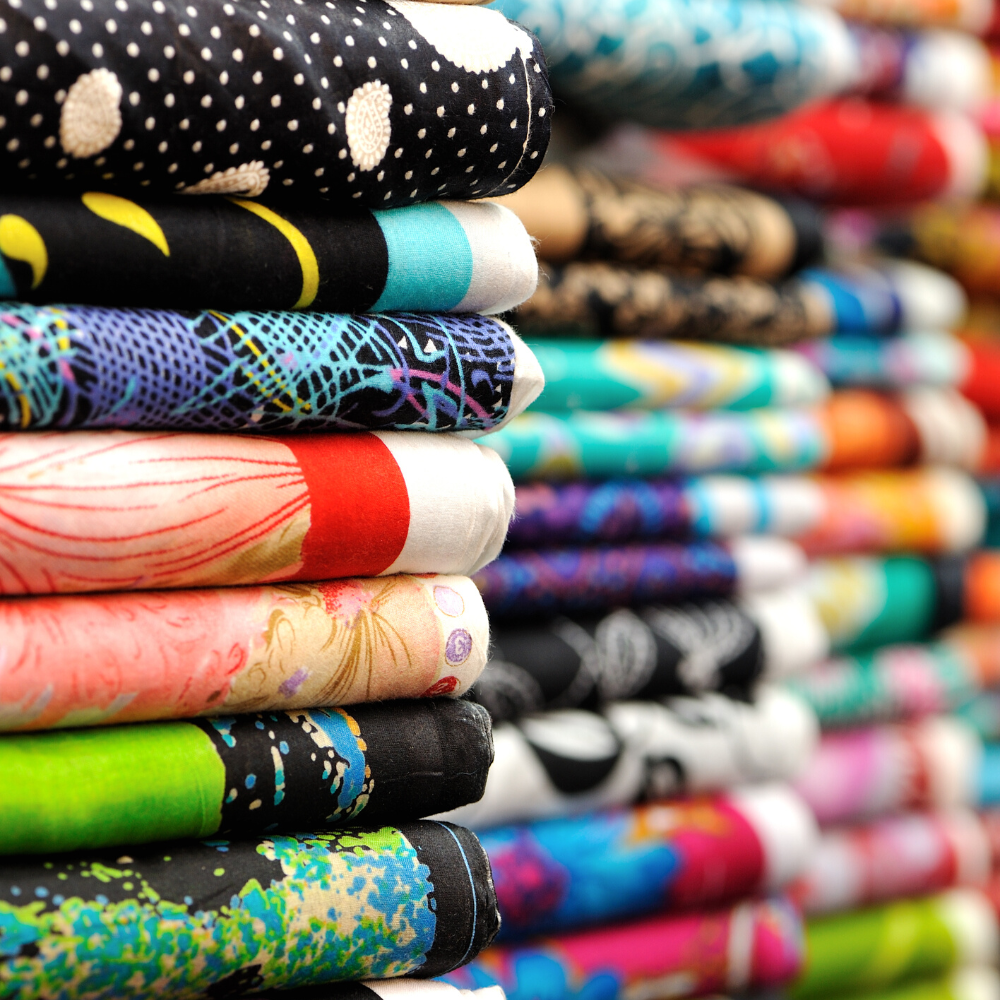


Importance of Natural Materials
While Squishmallows primarily use synthetic materials like polyester, the brand is also exploring the use of natural materials such as organic cotton, bamboo, and wool.
These materials offer different textures and can be a more sustainable option for those looking to avoid synthetic fabrics.
Sustainability Effort in Squishmallow Production
The production of Squishmallows by Kelly Toys has taken a significant turn towards sustainability, a move that resonates well with environmentally conscious consumers.
The polyester fiber used in these stuffed toys is increasingly sourced from recycled materials, reducing the carbon footprint associated with their production.
Additionally, the company's commitment to using high-quality materials ensures that the plushies are not only super soft but also durable, which means they have a longer life cycle and contribute less to landfill waste.
In line with the sustainability theme, the care instructions for Squishmallows suggest washing them in cold water, which conserves energy and reduces emissions.
This practice also helps maintain the flame retardant properties of the materials used, ensuring that the fun and safety of these cuddly creatures are not compromised.
Retail stores stocking Squishmallows are also encouraged to adopt eco-friendly practices, further amplifying the environmental benefits of these popular toys.
Evolution of Squishmallow Designs
As Squishmallows continue to capture the hearts of children and adults alike, the evolution of their designs has become a testament to the brand's innovation.
The variety of characters and sizes available in retail stores vary depending on seasonal trends and consumer feedback.
This responsiveness to customer desires has kept the Squishmallow craze alive and thriving.
The designs range from vibrant, colorful patterns to those that glow in the dark, catering to a wide array of preferences and making the collection of these plushies even more fun.
Kelly Toys has also been proactive in ensuring that the materials used, such as the super soft spandex and non-toxic polyester fiber, meet the highest safety standards.
The flame retardant properties of the materials are rigorously tested to provide peace of mind for parents.
Making Squishmallows not only involves creativity in design but also a commitment to safety and quality, which has been a cornerstone of the brand's enduring popularity.
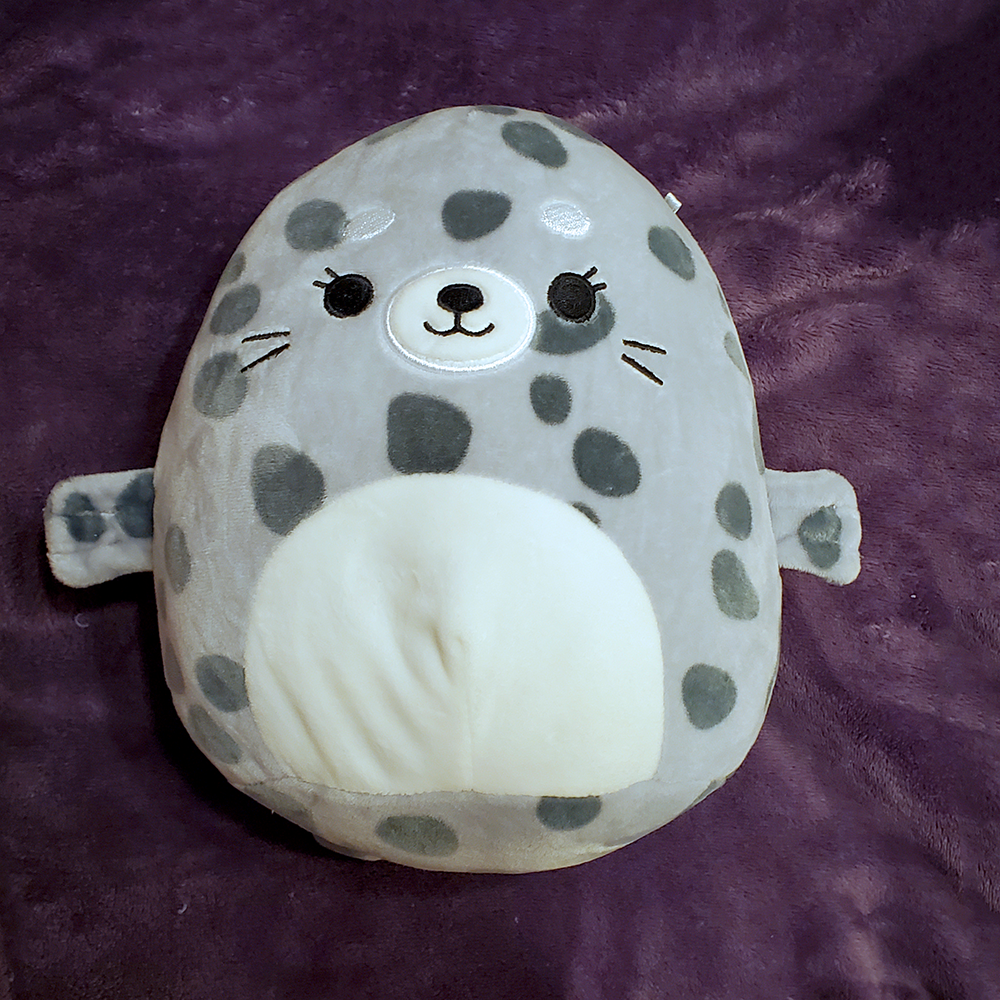
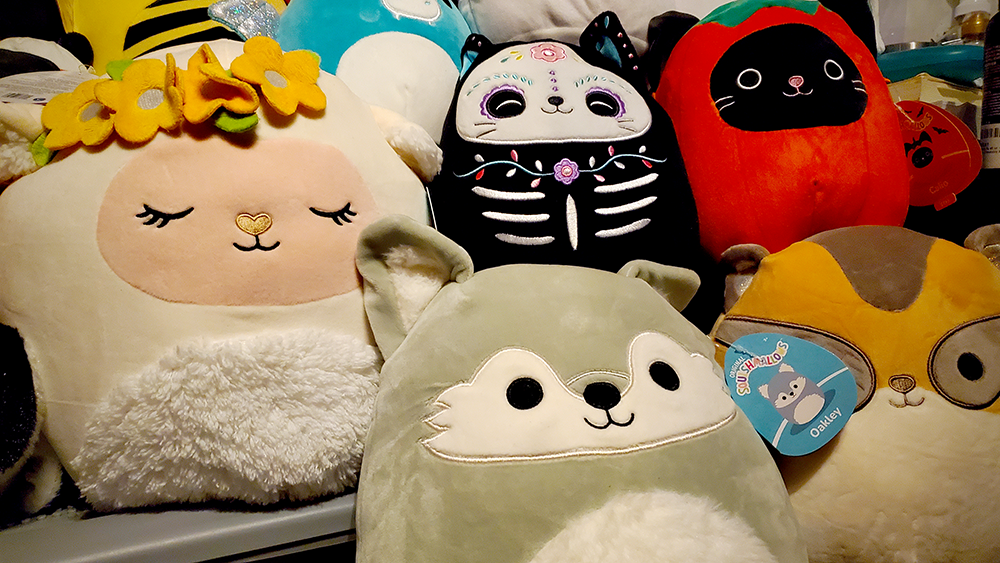

Manufacturing Process
The manufacturing process of Squishmallows is designed to be efficient and eco-friendly.
The factories, mainly located in China, adhere to strict quality control measures to ensure that each Squishmallow is produced to the highest standards.
The use of recycled materials is part of this commitment to creating new products in a more sustainable way.
Texture That Defines Squishmallows
The texture of Squishmallows is what sets them apart from other plush toys.
The combination of soft spandex and fluffy polyester fibers creates a unique feel that is both comforting and irresistible to squish.
This texture has contributed significantly to the popularity of Squishmallows, making them a favorite among all age groups.
Cuddly Nature of Squishmallows
Squishmallows are designed to be cuddly companions, and their materials are chosen to enhance this quality.
The plush toys are filled with just the right amount of stuffing to be firm yet soft, providing a comforting presence for their owners.
The cuddly nature of Squishmallows is a testament to the careful selection of materials used in their creation.
Durability and Longevity
Despite their softness, Squishmallows are surprisingly durable.
The high-quality materials used in their construction are designed to withstand the wear and tear of daily play.
With proper care, such as spot cleaning with a damp cloth and mild detergent, Squishmallows can maintain their adorable appearance and texture for years to come.
DIY Squishmallow Trend
The popularity of Squishmallows has inspired a DIY trend, where enthusiasts create their own Squishmallow using the same materials.
This allows for personalization and the joy of crafting a unique stuffed toy.
However, it's important to choose the right materials, such as high-quality polyester fibers and ultra-soft spandex, to replicate the authentic Squishmallow experience.


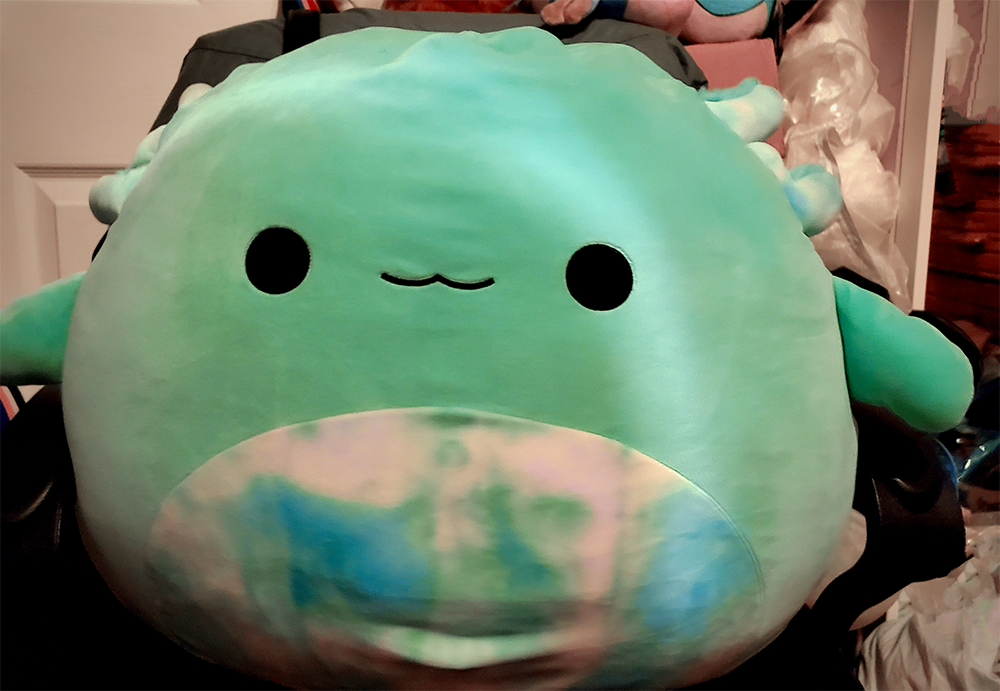
Embrace the Squish: Heartwarming Conclusion
In the cozy world of Squishmallows, every hug tells a story of innovation, care, and environmental consciousness.
These plush pals are more than just a soft embrace; they're a symbol of how creativity and sustainability can go hand-in-hand.
Squishmallows are not just cute and cuddly; they are a product of thoughtful material selection and manufacturing processes that prioritize safety, quality, and sustainability.
From the use of recycled plastic bottles to the exploration of natural fabrics, Squishmallows are a testament to the innovative use of resources in creating beloved stuffed animals.
By choosing Squishmallows, you're not only bringing home a bundle of joy but also supporting a movement that values our planet's health as much as it does your comfort.
Whether for playtime adventures or a soothing snuggle, these delightful creatures are set to be your lifelong companions, spreading smiles and sustainability with every squish.
With proper care, these plush toys can provide comfort and joy for a long time, making them a cherished item for many.
So go ahead, give them a squeeze, and feel the love of a squishy friend that cares for you and the Earth alike.
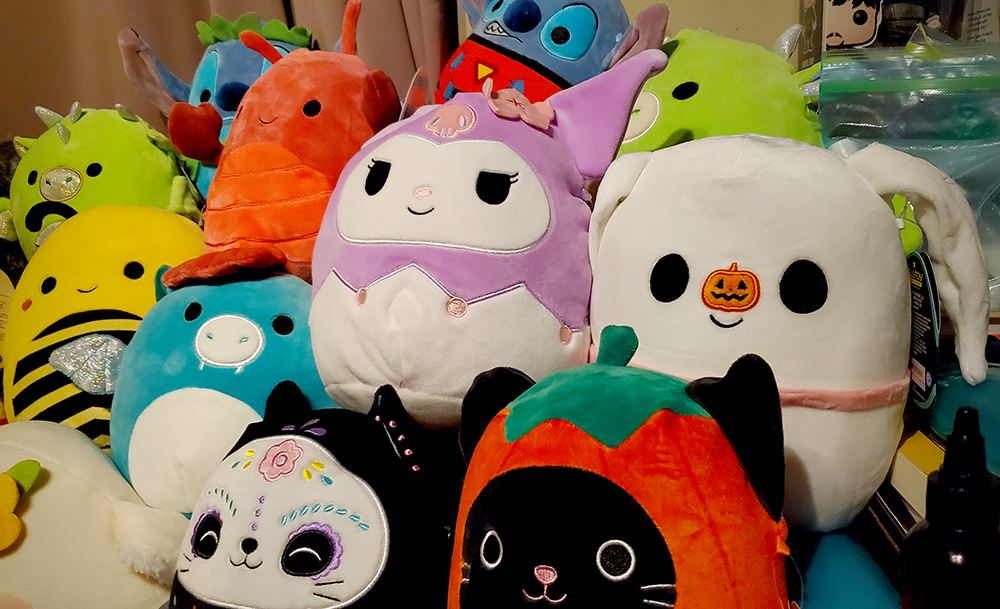
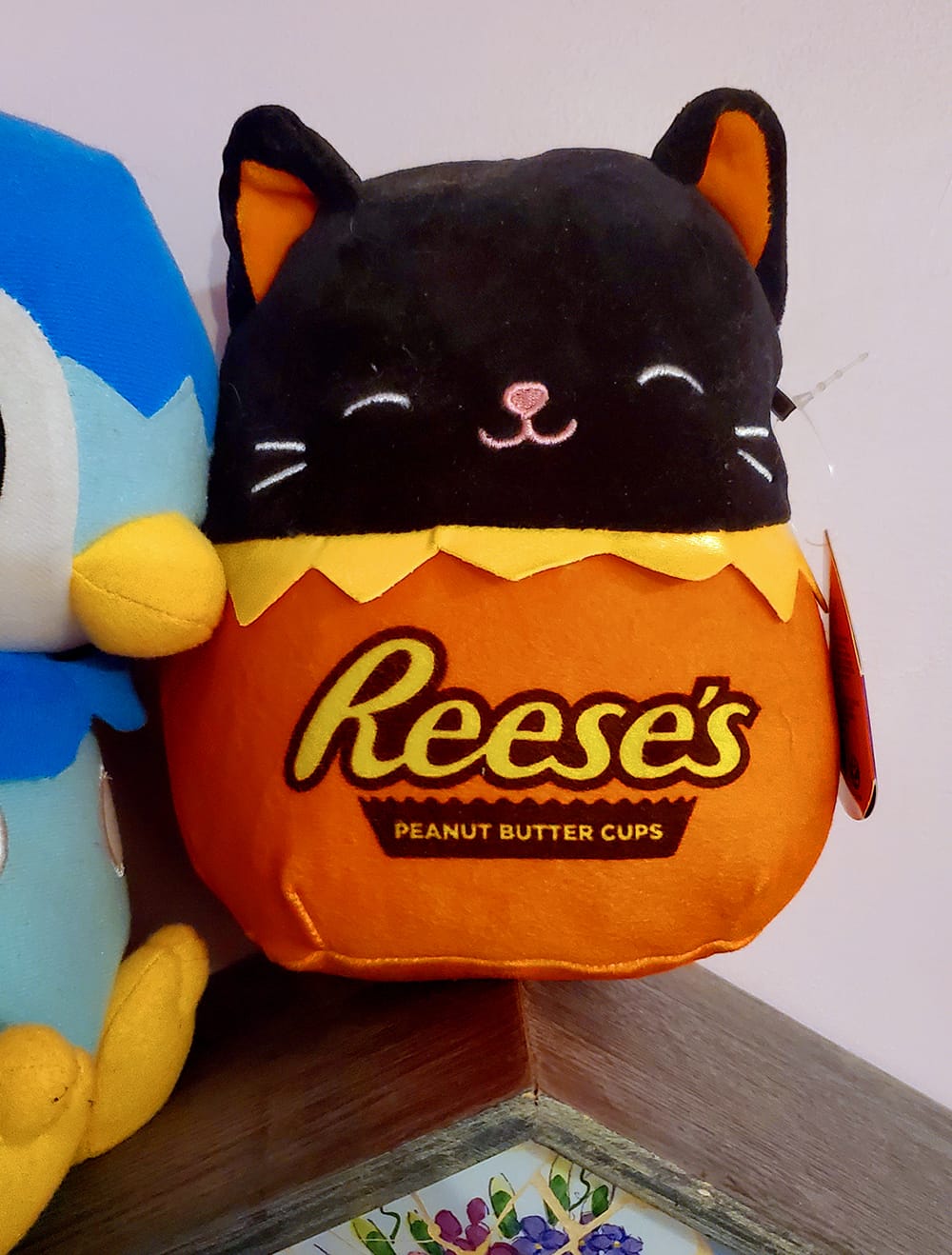
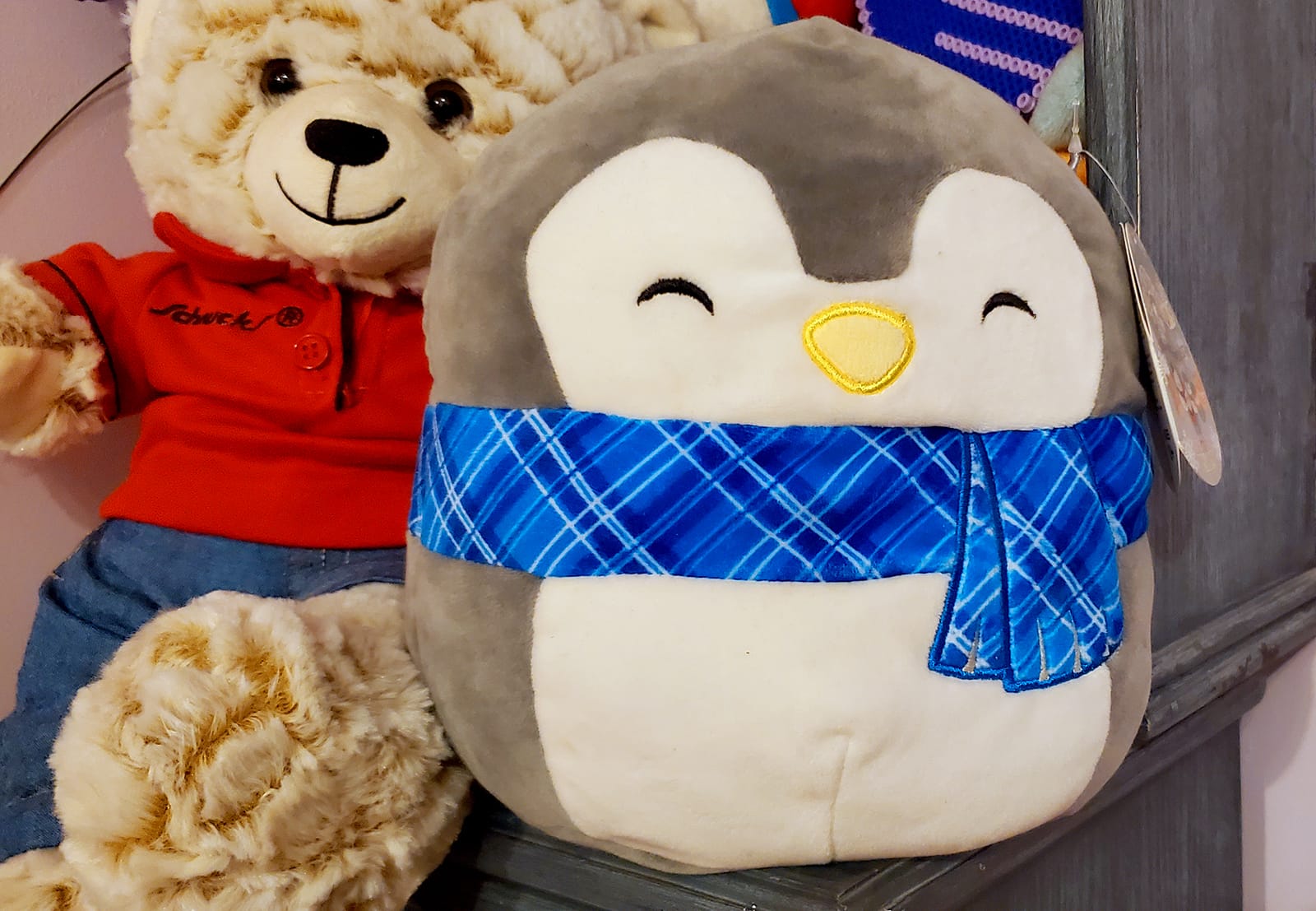
Squishmallow FAQs
Dive into the world of cuddly companions with our Squishmallow FAQs!
Whether you're a seasoned collector or a newcomer to the squishy sensation, you've likely got questions about these adorable plush toys.
From safety concerns to cleaning tips, and the scoop on materials and supplies, we've got the answers to your most pressing Squishmallow queries.
Let's unravel the mysteries together and ensure your squishy friends are as huggable and lovable as the day you brought them home.
Are you ready to become a Squishmallow savant?
Keep reading to become the ultimate plush pal pro!
Are Squishmallows safe for all ages?
Yes, Squishmallows are manufactured to meet or exceed international safety standards, ensuring they are non-toxic and safe for children and adults alike.
Can Squishmallows be washed?
Squishmallows should be spot cleaned with a damp cloth and mild detergent. It's recommended to avoid submerging them in water or using harsh chemicals to maintain their texture and durability.
Are there any Squishmallows made from natural materials?
While most Squishmallows are made from synthetic materials like polyester fibers and spandex, the brand is exploring the use of natural materials such as organic cotton, bamboo, and wool for future products.

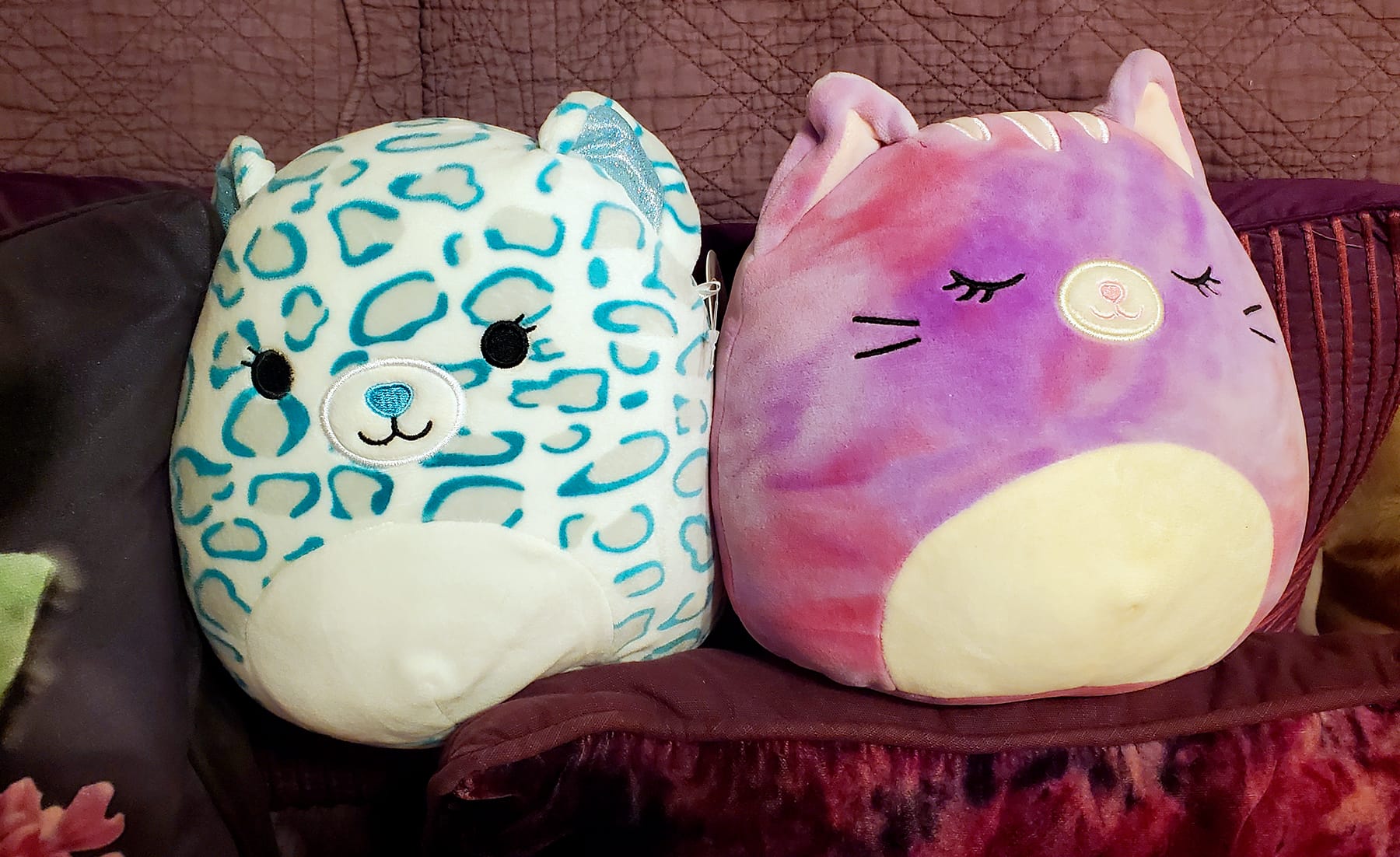
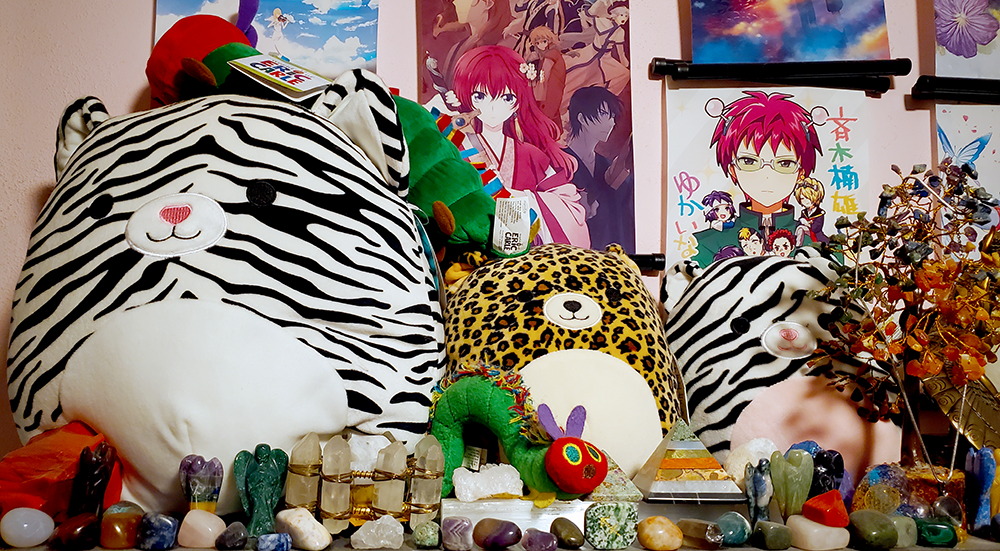
Eager to create your own wonderfully squishy plushies? Check out Let's Make It Academy's video!
Want even more content about creativity and art?
Be sure to check out all of our creative chronicles!
Interested in DIY crafting and sewing?
Check out some of our other articles:
-How do you make Squishmallows at home?
-How to make custom Squishmallows?
-What are Squishmallows filled with?
